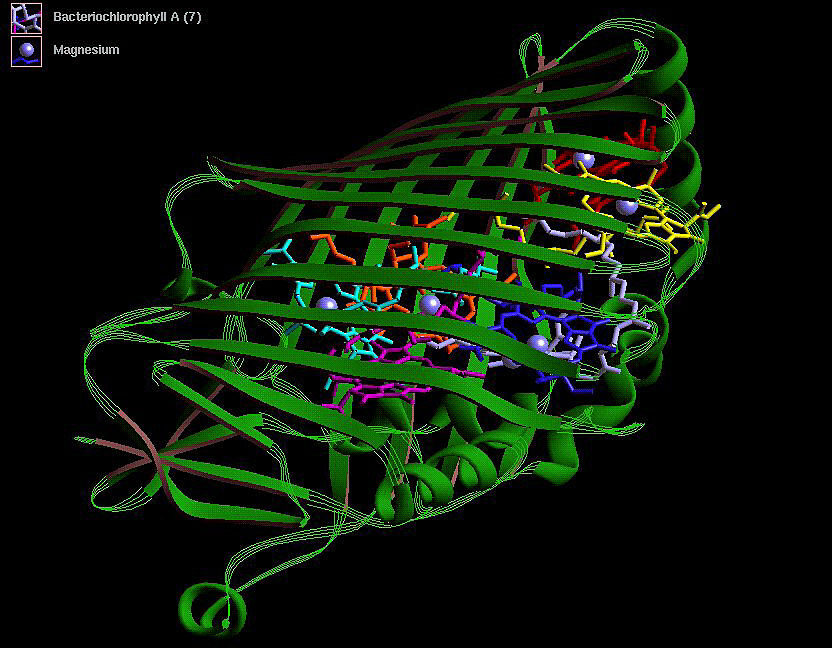Researchers Warn of Gap in DNA Screening as AI-Designed Toxins Emerge

Key Points
- Microsoft‑led researchers identify a new vulnerability termed a "biological zero‑day" in DNA screening systems.
- Current screening flags DNA that encodes known toxins or viruses, using updated algorithms to catch variant sequences.
- AI‑generated protein designs may evade detection because they lack similarity to existing threat databases.
- The gap could allow illicit synthesis of novel toxins, posing a risk to biosurveillance efforts.
- Researchers suggest the need for updated detection methods, potentially incorporating AI to anticipate new threats.
A team of researchers led by Microsoft has identified a previously unrecognized vulnerability in the DNA‑screening systems that guard against biological threats. The gap, described as a "biological zero‑day," could allow AI‑designed toxins to slip past existing checks that flag DNA orders encoding known harmful proteins or viruses. While screening processes have evolved to catch DNA variants that produce the same dangerous proteins, the rapid advancement of AI‑generated protein designs may outpace current safeguards, prompting calls for updated detection methods.
Discovery of a Biological Zero‑Day
A group of researchers, headed by Microsoft, announced the identification of a new security weakness in the mechanisms that screen synthetic DNA orders for potential biological threats. They refer to this weakness as a "biological zero‑day," meaning an unrecognized flaw that could be exploited before defenses are updated.
How DNA Screening Works
For years, governments and industry have required that every DNA synthesis request be examined for sequences that could encode known toxins, viruses, or other dangerous proteins. The screening step compares the submitted DNA against a list of threat‑associated sequences, flagging any matches for human review. Over time, the process has been refined to recognize not only exact matches but also DNA variants that would produce the same harmful proteins, acknowledging the genetic redundancy of the code.
Emerging Challenge from AI‑Designed Proteins
The researchers argue that the existing screening framework is increasingly vulnerable to a new class of threats: proteins designed using artificial intelligence. AI can generate novel protein sequences that perform toxic functions while lacking similarity to any previously catalogued threats. Because current tools rely heavily on known sequence patterns, they may fail to detect these AI‑engineered toxins, allowing them to be ordered and synthesized without triggering alerts.
Implications and Potential Responses
If AI‑designed toxins can bypass screening, the biosurveillance system that protects against illicit biological weapons could be compromised. The researchers suggest that the identified gap may be patched, though specific remediation steps were not detailed. The situation underscores the need for continuous updates to screening algorithms and possibly the integration of AI‑based detection methods that can anticipate novel protein designs rather than relying solely on historic databases.
Broader Context of Biosurveillance
Biological threats come in many forms, including pathogens like viruses and bacteria, protein‑based toxins such as ricin, and chemical toxins produced via enzymatic reactions. All originate from DNA that is transcribed into RNA and then translated into proteins. The ease of ordering synthetic DNA online has made screening a critical checkpoint in preventing the misuse of biotechnology. As AI capabilities expand, the challenge of staying ahead of potential misuse intensifies, highlighting the importance of proactive security measures in the biotech sector.